The good EV guide

Roula Khalaf, Editor of the FT, selects her favourite stories in this weekly newsletter.
More than a decade has passed since the Tesla Model S first rolled off the production line. While it wasn’t the first electric vehicle (EV) to cross over into the mass market – the Nissan Leaf pipped it to the post – it was a game-changing car that suggested an all-electric future was imminent and even something to look forward to. Since then, the range of EVs on sale has grown considerably. From cheap urban microcars such as the new Citroën Ami (from £7,695) to multimillion-pound, record-breaking all-electric hypercars such as the Rimac Nevera and equally bonkers Automobili Pininfarina Battista, electric car buyers are faced with the luxury of choice.

Automobili Pininfarina Battista, from €2.2mn

Rimac Nevera, €2mn, hrowen.co.uk
Range anxiety has dominated the EV conversation from the beginning and for good reason. Over the course of more than a century, combustion engine cars have become exceptionally efficient: many have a range of more than 500 miles and, of course, only take a few minutes to fill up. Set against that still-fledgling network of public electric chargers, and the “clean dream” can seem more like a nightmare. But the situation is improving with the roll-out of more rapid chargers that can power most EVs in under 30 minutes – and many electric vehicles now capable of calculating the car’s ability to complete a route.
Family favourites
The Tesla Model Y, which starts at £46,990 and rises to £64,480 for the top-of-the-range Dual-Motor Performance model with 319-mile (WLTP) range, still makes for a good all-rounder. The UK’s bestselling electric car, the Y is a do-it-all, mid-sized family car with a sizeable range and neck-muscle-testing acceleration should you push it. It’s punchy enough for the performance-minded, while inside it’s spacious, comfortable and well-appointed. It has impressive “autopilot” abilities and all the tech you’d expect, but some of the quirks of its touch-screen controls are going to be an acquired taste.
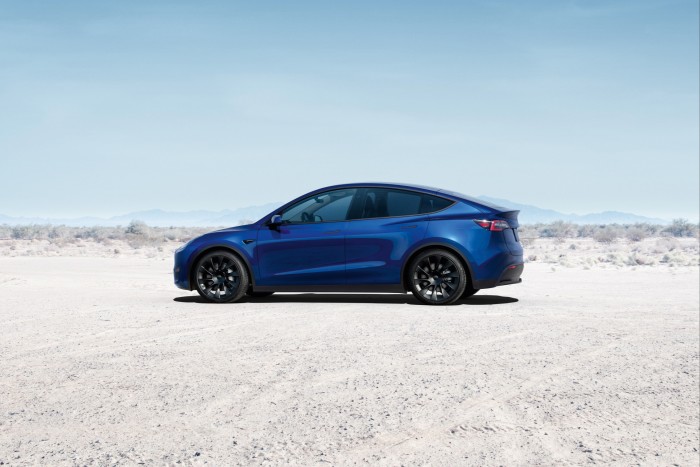
Inhabiting the same space is the similarly priced Polestar 2, starting from £44,950. It’s solid, with a Tonka toy aesthetic, fun to drive and has a range of 406 miles (WLTP) if you opt for the single-motor long-range model over the Performance version. Polestar has just launched the 3 SUV, with deliveries starting in 2024, and the 4 is on its way. There’s also plans for a range-topping roadster – the 6 – which is due to arrive in 2026, going up against Tesla’s delayed Roadster that was promised back in 2020.
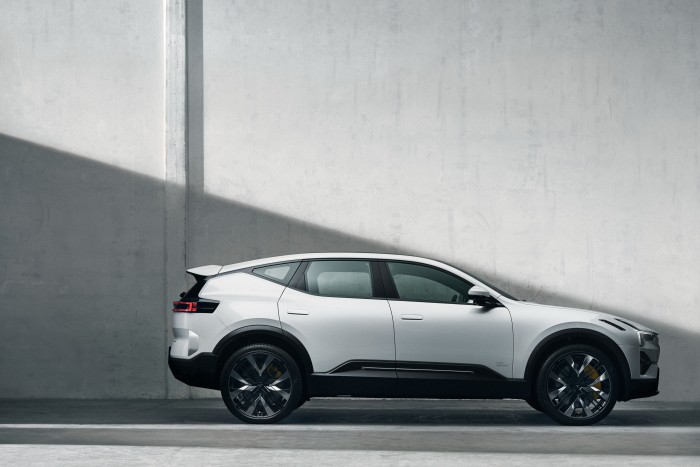
The China Syndrome
Geely, the parent company of both Volvo and Polestar, is Chinese. It also has a stake in Lotus and the company that makes electrified London taxis. MG, the classic British brand, is now Chinese-owned too (by SAIC) and has its own EV convertible, the Cyberster, which is set to arrive in the UK by summer 2024. And we’ll be hearing a lot more about homegrown Chinese EV brands: China’s domestic market accounts for nearly 60 per cent of global EV sales. BYD (Build Your Dreams) has already overtaken Tesla as the world’s bestselling EV maker (its medium-sized Atto 3, from around £36,000, and the smaller Dolphin, from around £25,000, are available to order in the UK now).
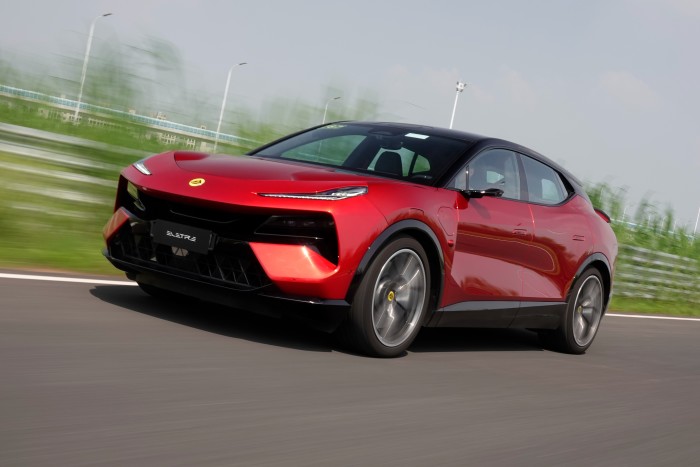
Protective tax measures and tariffs mean that China is not yet breaking through in the US market, but its makers are targeting Europe and south-east Asia. In addition to BYD, Chinese brands Lynk and Co, NIO and Omoda are all, reportedly, planning to sell in the UK. What will happen in continental Europe remains to be seen, given the European Commission’s recent launch of an anti-subsidy investigation into Chinese EVs that could lead to tariffs on the country’s manufacturers.
Off-roaders
Ahead of Land Rover’s first fully electric model in 2024, new Scottish entrant Munro has developed its MK1, with prices for the utilitarian off-roader starting at £59,994. Over in the US, Rivian has taken on the lucrative pick-up truck market with a convincing all-electric take on this American staple.
The R1T pick-up and the R1S SUV appear to be selling well, with Rivian having produced just short of 50,000 units – including its all-electric delivery van – since 2021. Rivian, alongside Ford, with its popular F-150 Lightning, have beaten Tesla to the game as its fans wait patiently for the wedge-shaped Cybertruck to finally roll off the production line.
The ultimate electric city runabout
Occupying the opposite end of the spectrum is a new range of cheap and cheerful microcars. Sparked by vehicles such as the Renault Twizy – produced between 2012 and September 2023 – this novel way of getting about encouraged Citroën to develop the Ami in 2020.
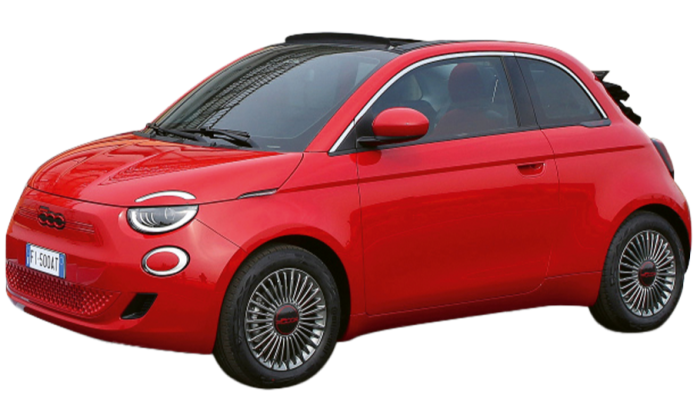
Fiat 500 Electric, from £28,000

Fiat Topolino Dolcevita, available 2024
Meanwhile, Stellantis-owned sister company Fiat announced plans this year to rekindle the Topolino – producing a cute city runabout based on the Ami. Despite not being able to carve their way through congestion as easily as a motorbike, this new breed of urban transport can slot into impossibly small spaces. For those looking for the next size up, Fiat has reinvented its hugely popular 500 as a stylish, keenly priced rollerskate-sized electric city car starting from £28,000.
There’s only one Rolls-Royce
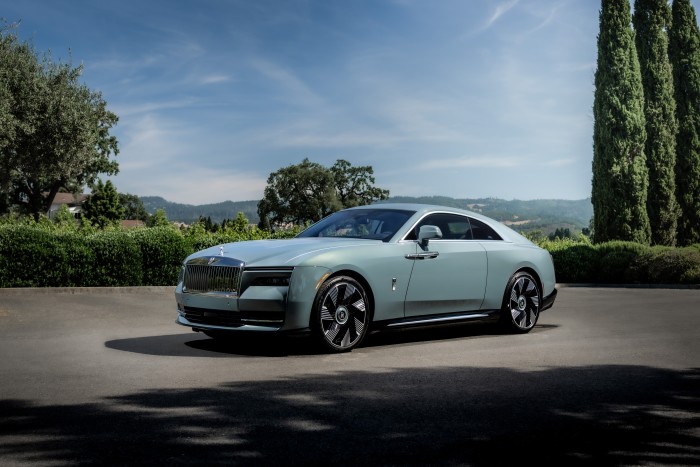
Rolls-Royce’s Spectre, meanwhile, is a near three-tonne, £330,000 luxury land liner that surges, wafts and wallows with intoxicating grace and pace. Rolls-Royce has made every effort to ensure the Spectre has remained a Rolls-Royce first and an EV second and, while it’s far from subtle, it’s a significant step towards more sustainable mobility in the super-luxury sector.
High performance
Thunderball, made by sports car specialist Wiesmann at its factory in Dülmen, Germany, is the project name for the maker’s first shot at an all-electric sports car. Like all EVs, the Thunderball is eerily silent, which works well for a convertible. It’s due to hit the road at the end of 2024, with a price tag of more than £250,000, and is targeting a range of up to 310 miles.
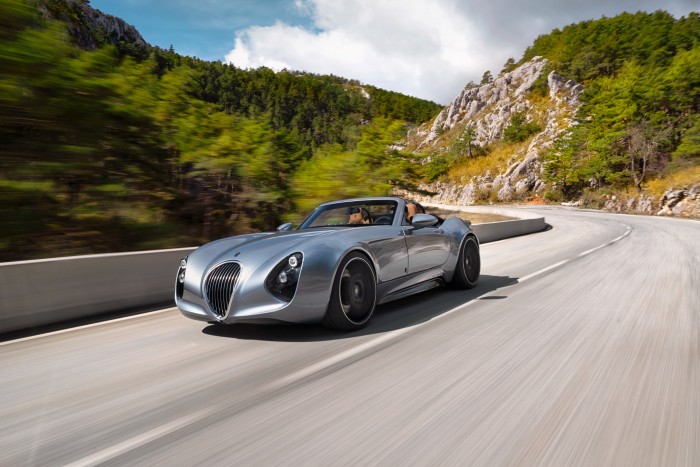
Meanwhile, Maserati’s new GranTurismo Folgore is a very creditable shot at an electric sports car, seating four adults comfortably for up to 280 miles (WLTP). The car made short work of a 300-mile road trip across Italy from its birthplace in Modena to Rome. Prices are expected to be around £180,000 when orders open later this year.
Made in Korea
Korean carmakers Hyundai and Kia are already major players in the affordable EV landscape internationally. Both have invested heavily in quality, electrification and design. Covering everything from stylish and sporty hatchbacks to SUVs, streamliner-inspired saloons and luxury cars with Hyundai’s sub-brand Genesis, Korean manufacturers offer both variety and great value for money.
Which SUV?
The SUV category is by far the most crowded area in the EV market. Mercedes-Benz offers a range of tech-laden electric family SUVs such as the EQC, EQE SUV and the larger EQS SUV.
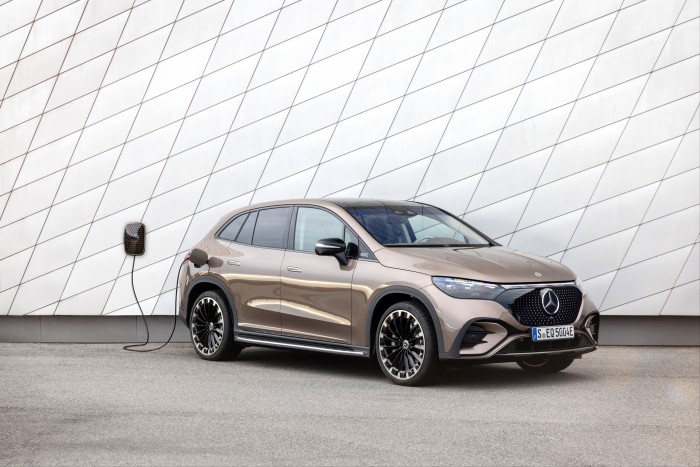
With the latter capable of covering 364 miles (WLTP) on a charge, Mercedes is well on its way to mastering the electric family car formula. Other brands moving into this space include Lotus, whose new Eletre EV SUV starts at £89,500, and Maserati, which unveiled the Grecale Folgore in April.



Comments